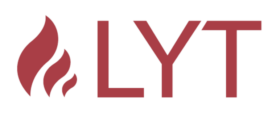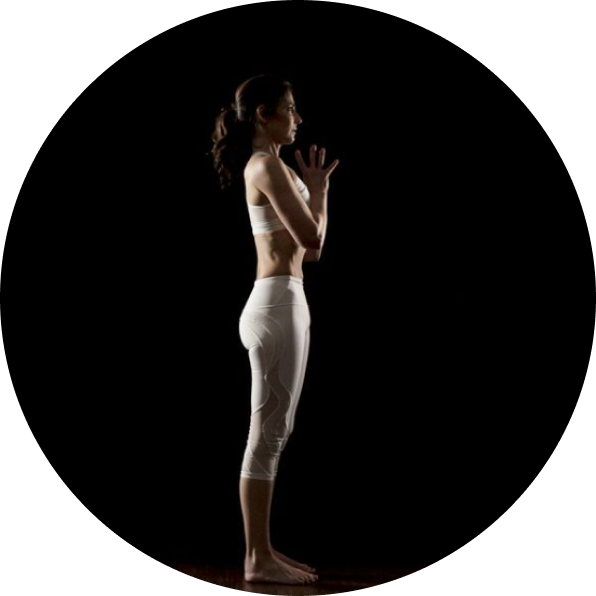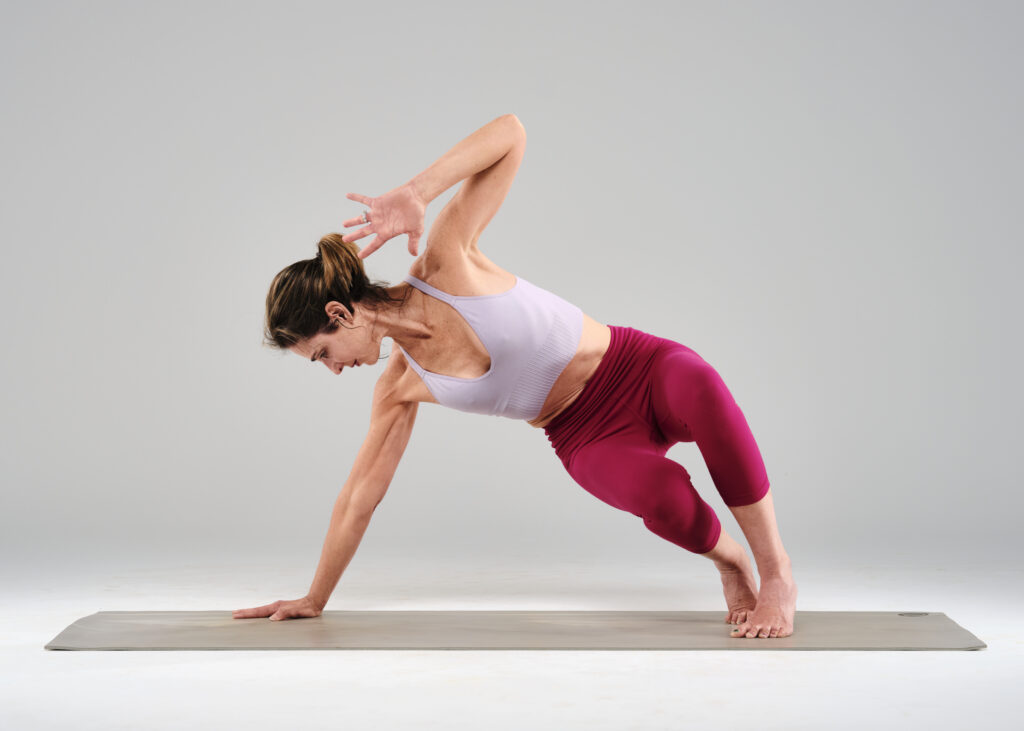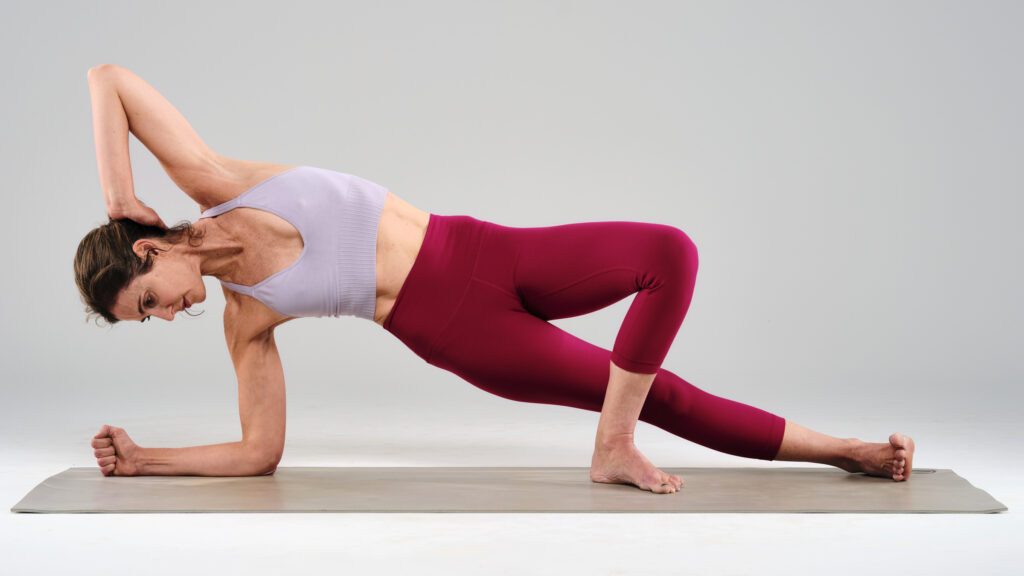Feeling stressed out? Anxious? Sleep-deprived? Yeah…me too. This has hands down been the craziest year of my life and I’m sure many people would agree with me. As much as I hate to admit it, sometimes we need more than yoga to relax. Deep breathing is one of the best ways to relax the body because when you breathe deeply, it sends a message to your brain to relax your body. Those things that happen when we’re stressed out, like increased heart rate, blood pressure, and respiratory rate, can all be decreased when you breathe deeply to relax. Here’s a quick physiology lesson to explain how it works:
Your autonomic nervous system, which controls involuntary actions like heart rate and blood pressure, is split into two parts. The first part, your sympathetic nervous system, controls your fight-or-flight response. The second part, your parasympathetic nervous system, controls your rest and relaxation response. Both systems can NOT be working at the same time, which means if you activate one, the other will be suppressed. Deep breathing stimulates the parasympathetic nervous system and while it may be simple, it isn’t necessarily easy and takes practice. The more you practice, the better you’ll get at it There are many different ways to practice relaxation breathing, so play around to find one that feels the most natural to you. Most importantly, be kind to yourself as you practice and accept that you might not notice results immediately. Give yourself credit for trying and keep practicing, even just for a few minutes at a time, until you reach a point where you notice it’s starting to help. Here are a few different methods of relaxation breathing to try:
Diaphragmatic breathing
- Sit or lie flat in a comfortable position.
- Put one hand on your belly just below your ribs and the other hand on your chest.
- Take a deep breath in through your nose, and let your belly push your hand out. Your chest should not move.
- Breathe out through pursed lips as if you were whistling. Feel the hand on your belly go in, and use it to push all the air out.
- Do this 3 to 10 times, taking your time with each breath.
4-7-8 breathing
- This can also be performed sitting or lying down.
- Put one hand on your belly just below your ribs and the other hand on your chest.
- Take a deep, slow breath from your belly, and silently count to 4 as you breathe in.
- Hold your breath, and silently count from 1 to 7.
- Breathe out completely as you silently count from 1 to 8. Try to get all the air out of your lungs by the time you count to 8.
- Repeat 3 to 7 times or until you feel calm.
Roll breathing
- You can do this in any position, but while you’re learning, it’s best to lie on your back with your knees bent.
- Put your left hand on your belly and your right hand on your chest.
- Breathing in through the nose and out through the mouth, practice filling your lower lungs so your belly (left) hand goes up when you inhale through the nose and your chest (right) hand remains still. Do this 8 to 10 times.
- When you have filled and emptied your lower lungs 8 to 10 times, add the second step to roll breathing: inhale first into your lower lungs as before, and then continue inhaling into your upper chest. As you do so, your right hand will rise and your left hand will fall a little.
- As you exhale slowly through the mouth, make a quiet, whooshing sound as first your left hand and then your right-hand fall.
- Practice breathing in and out this way for 3 to 5 minutes. Notice that the movement of your belly and chest rises and falls like rolling waves. Feel the tension leaving your body as you exhale and become more relaxed.
So try one of these out and see if they work for you!
Xoxo,
Kristin





